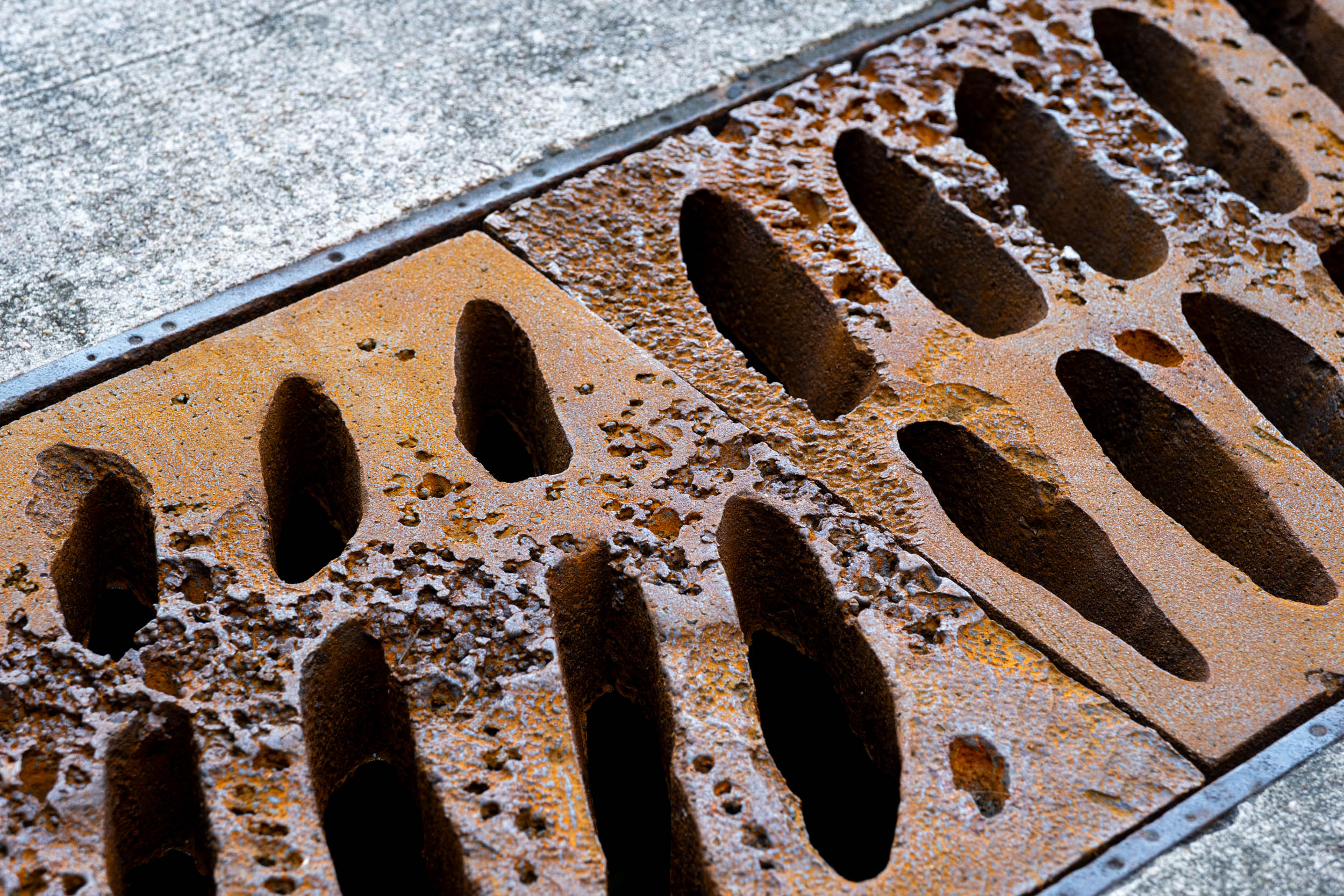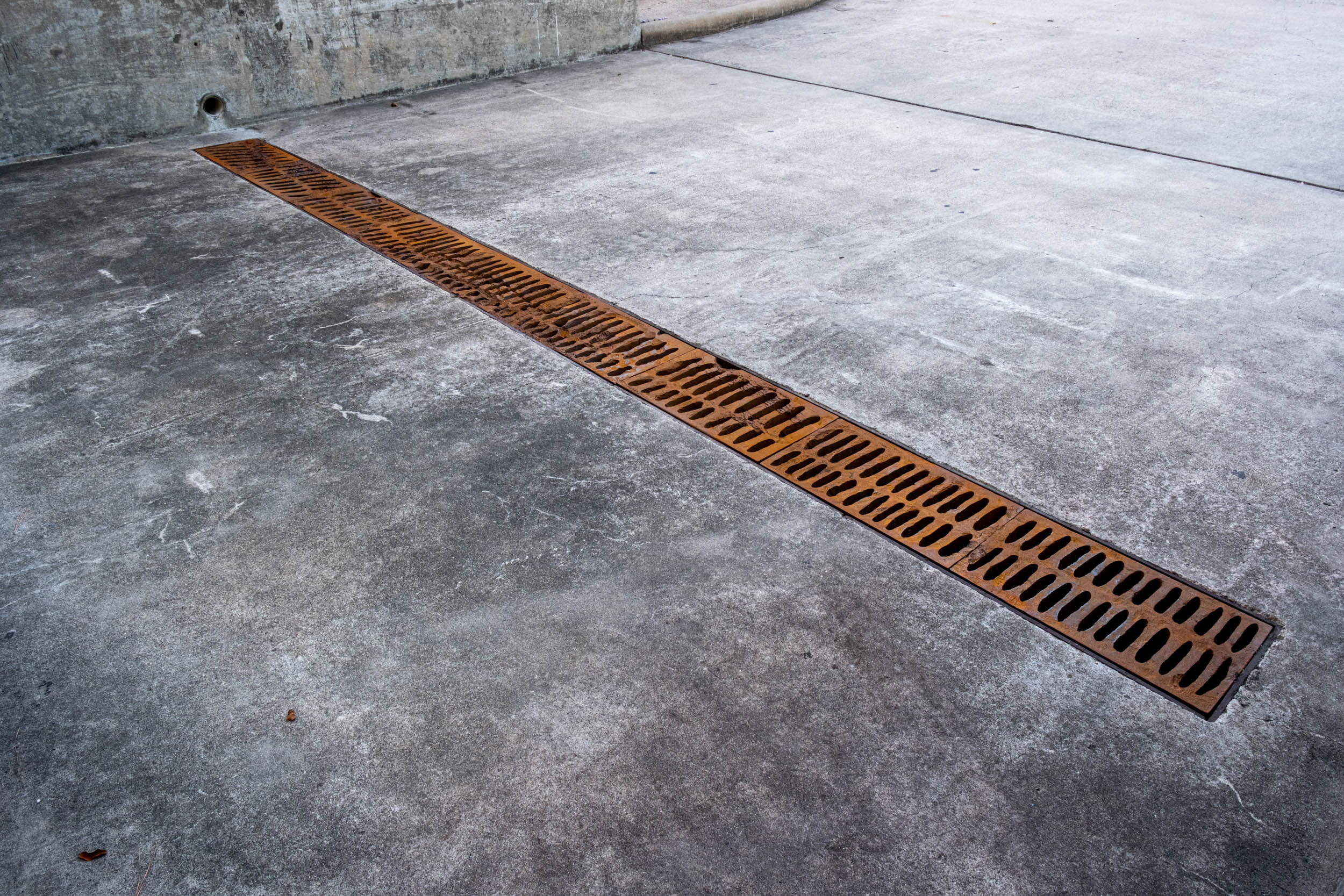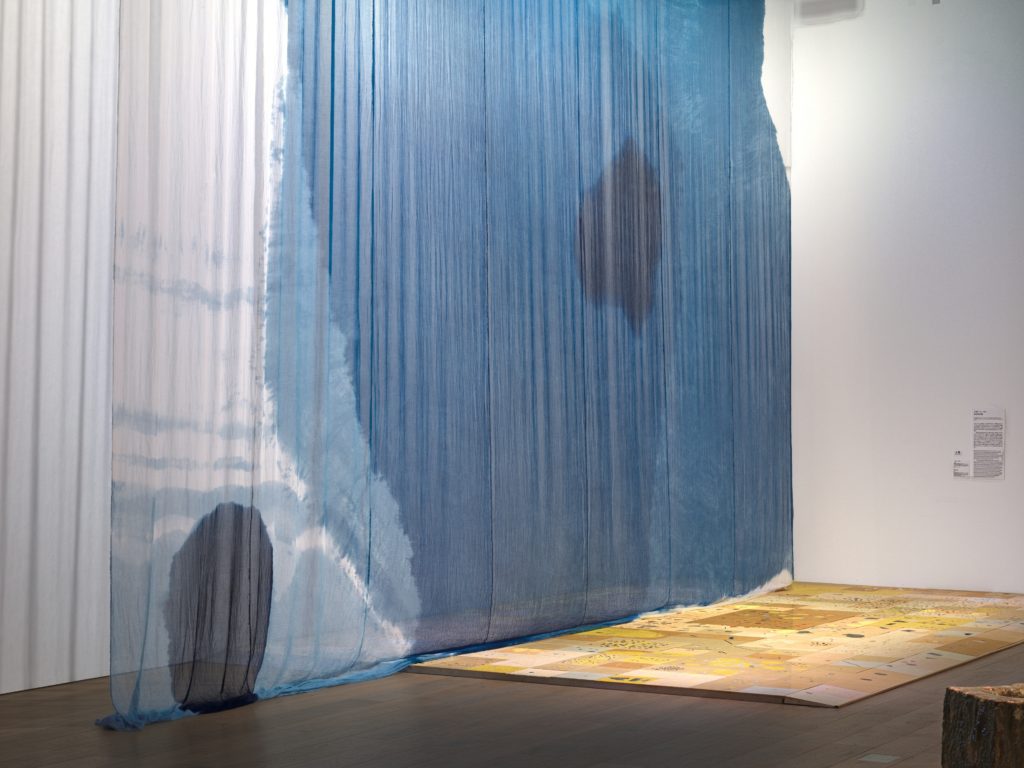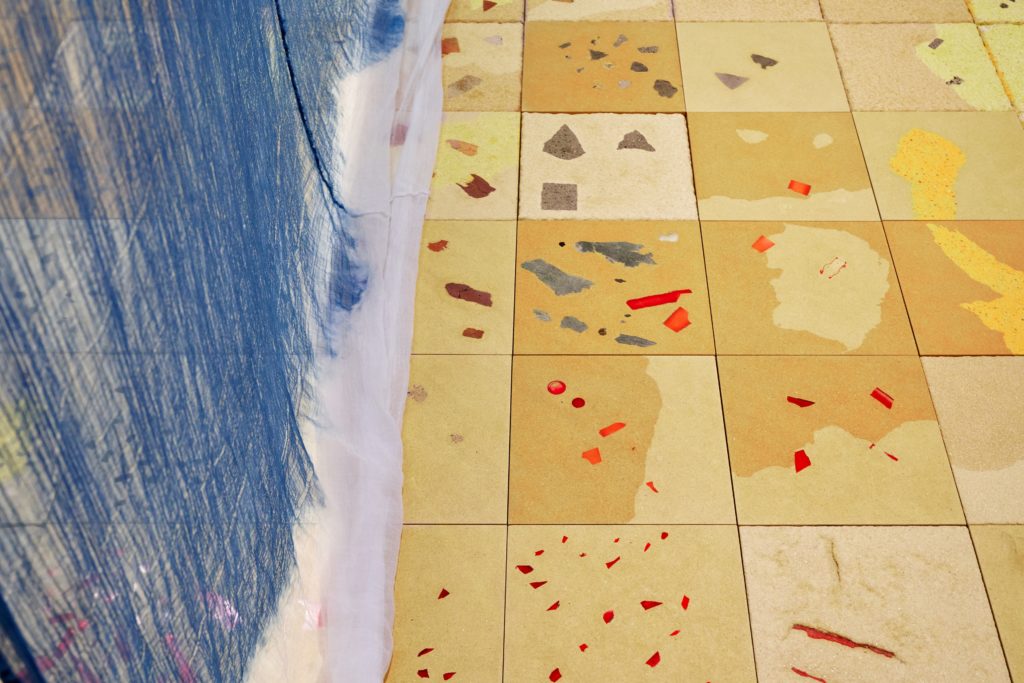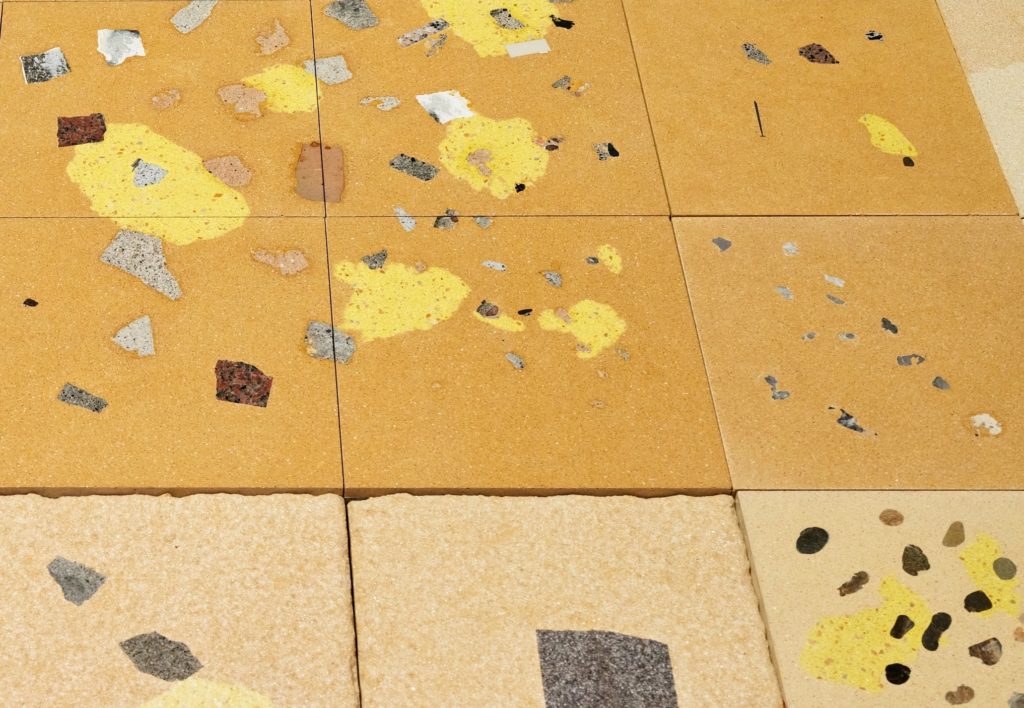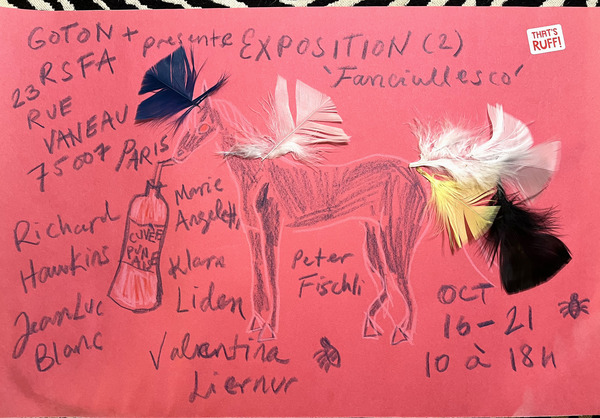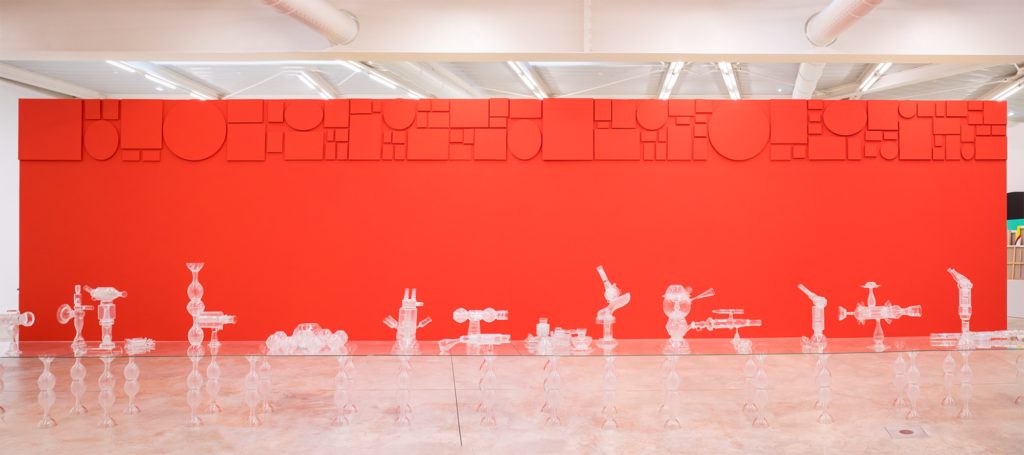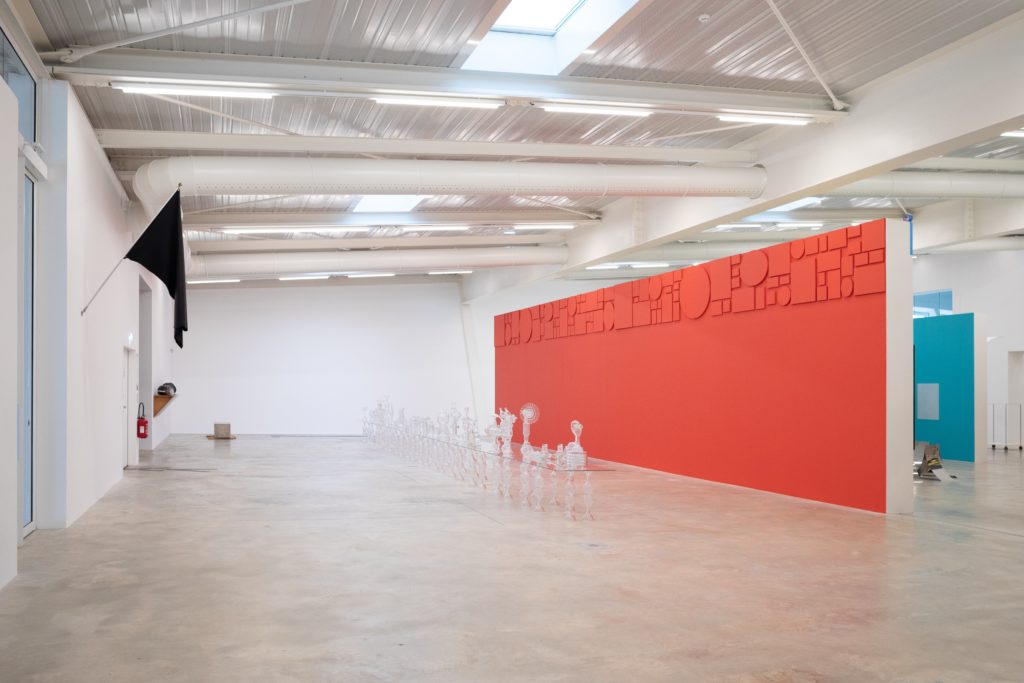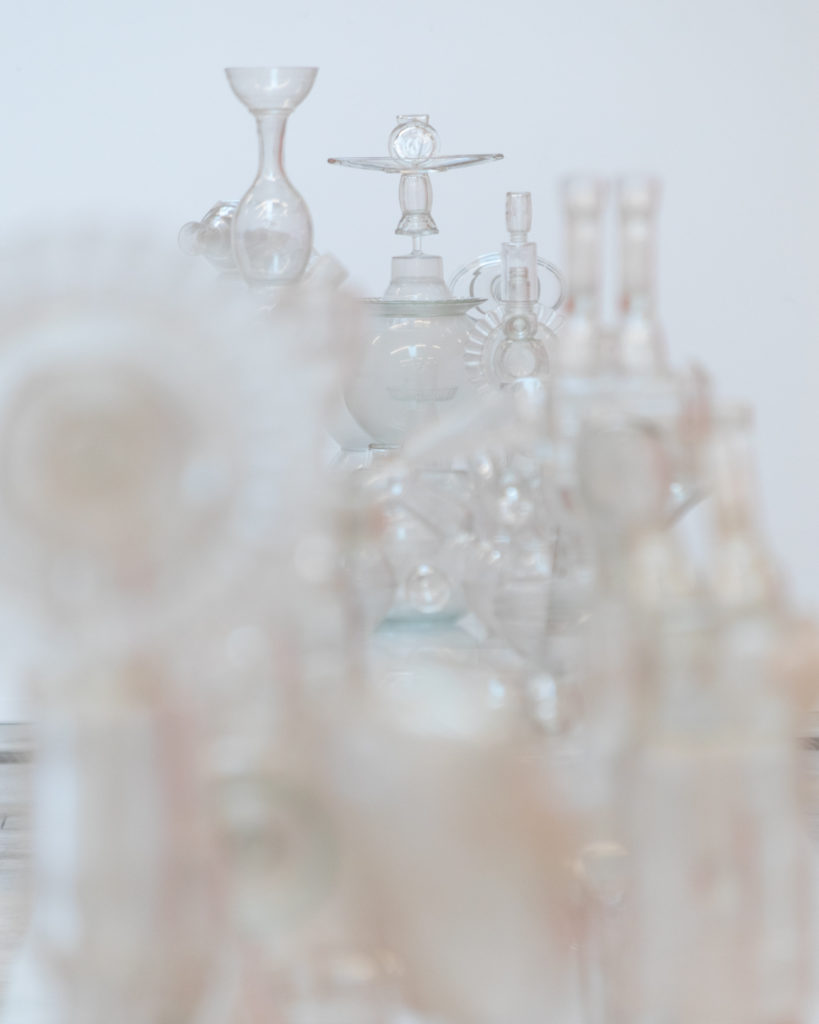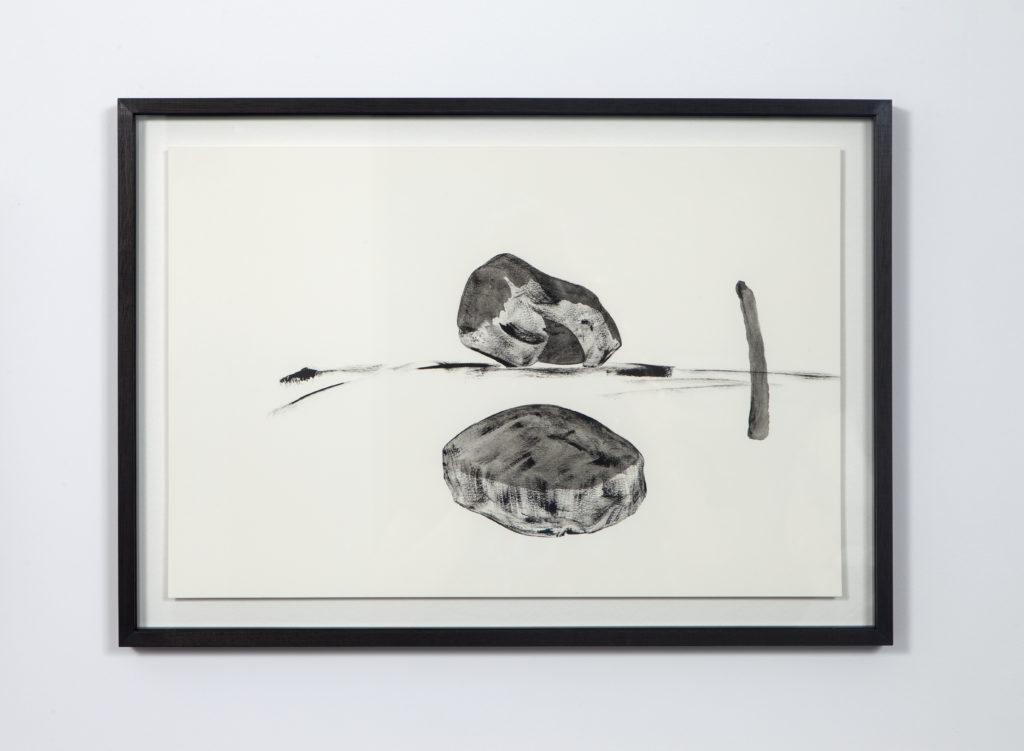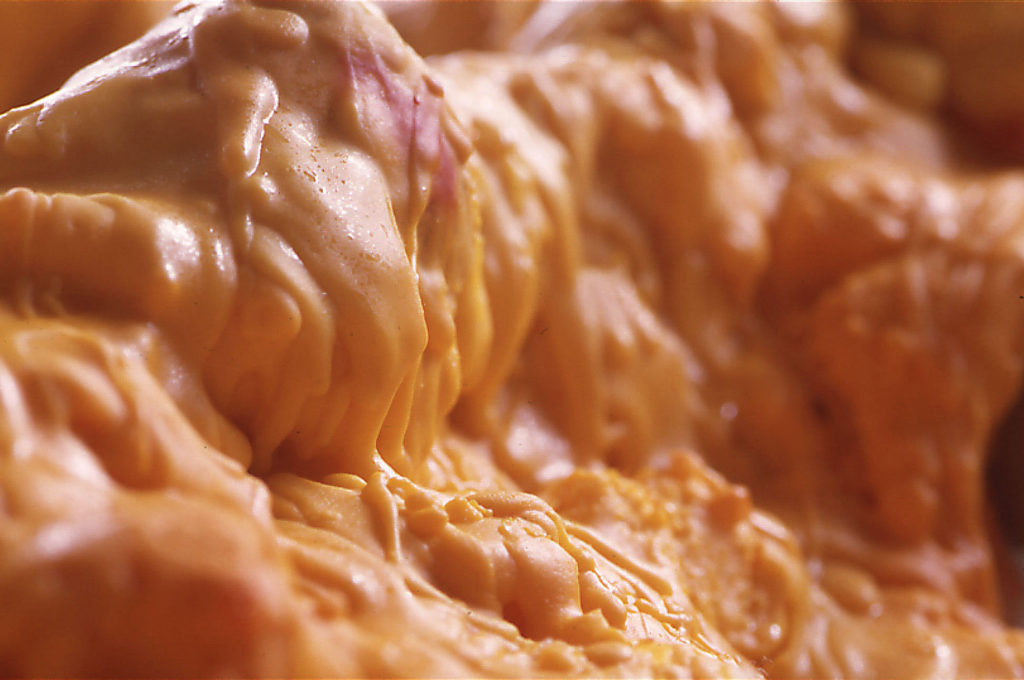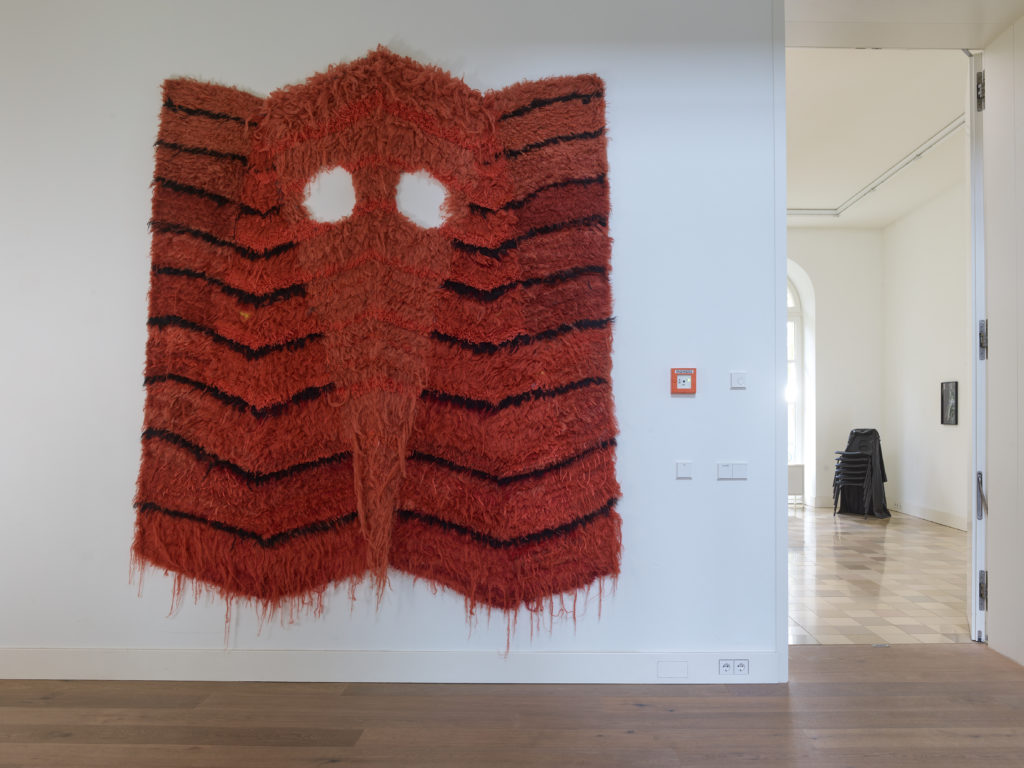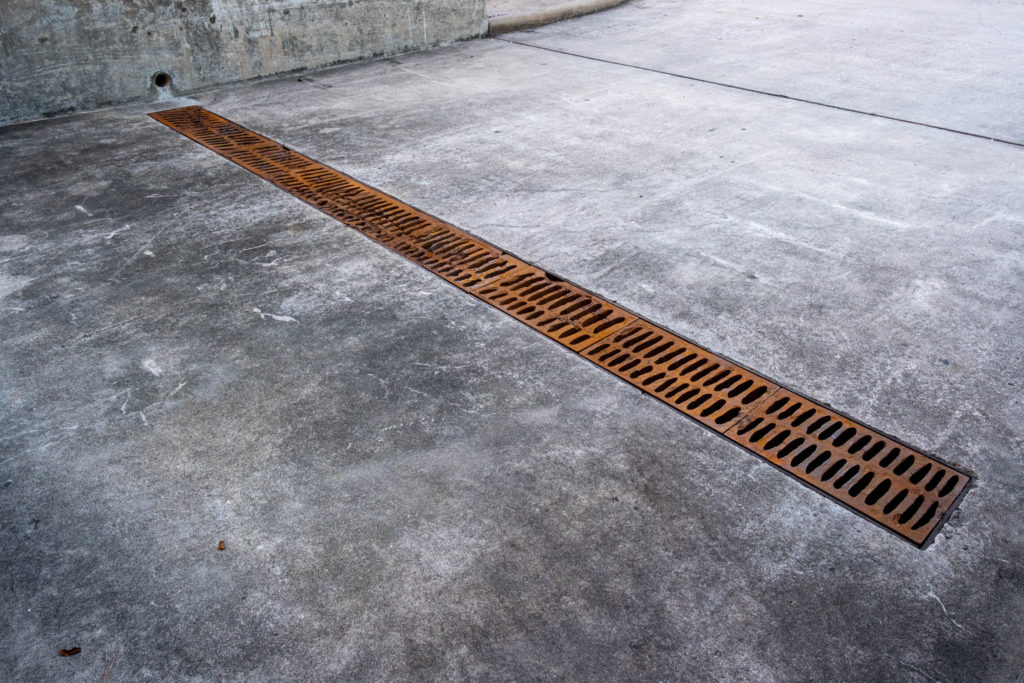
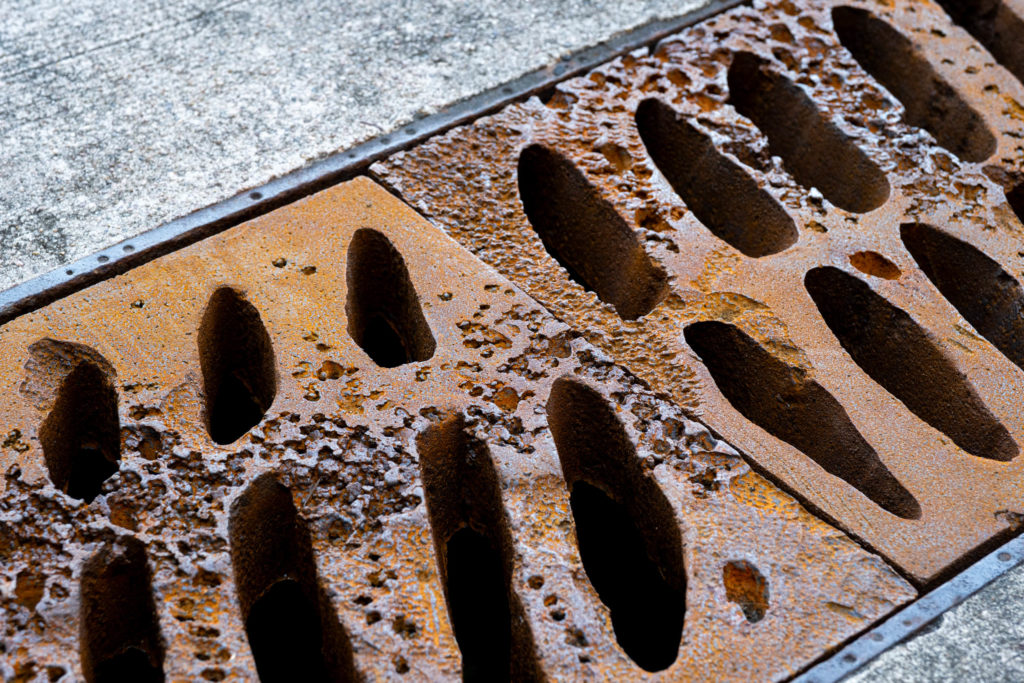
Courtesy of the artist and Laurel Gitlen. Photo: Jen Bootwala/Cynthia Woods Mitchell Center for the Arts
Group show.
Intimate confession is a project is a group exhibition that considers transmission, intergenerational life, and cultural inheritance through the prism of intimacy and infrastructure. Through the work of eleven artists spanning generations and geographies, the exhibition thinks through infrastructure as an intimate holding cell, capable of affective and affirmative power.
The title is borrowed from a sonnet line by poet Juliana Spahr, and is recast to reflect on the relational infrastructures of cultural material. In recent years, a surge of scholarship on the built and unbuilt environments has emerged contrasting “humans, things, words, and non-humans into patterned conjunctures,” to quote feminist theorist Michelle Murphy. This exhibition examines how infrastructures can be understood as “affective” in their varied expressions of movement and imprint on cultural life.
Curator: Jennifer Teets
